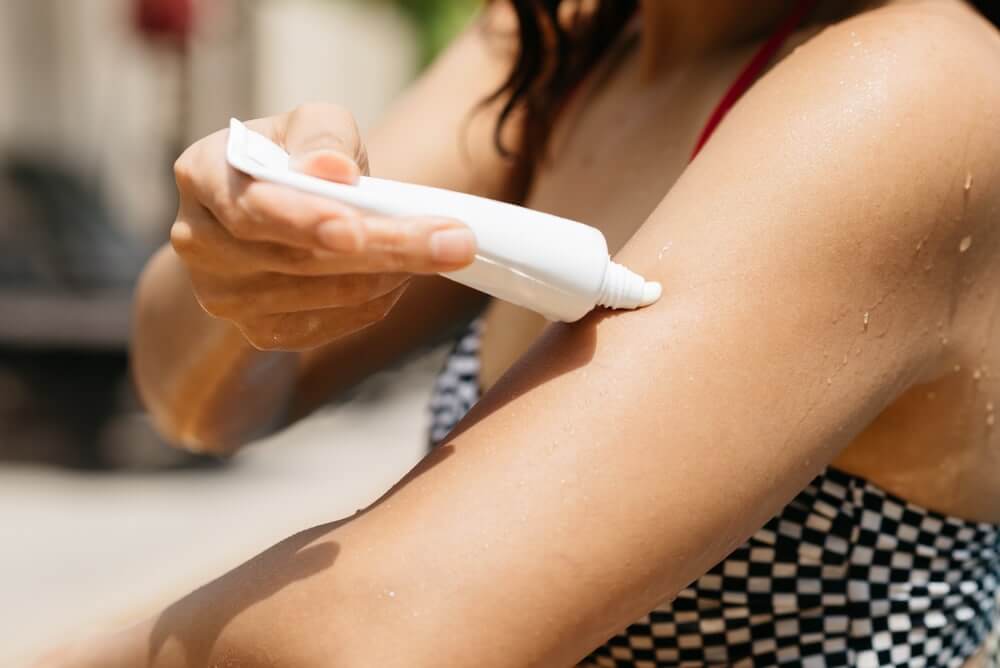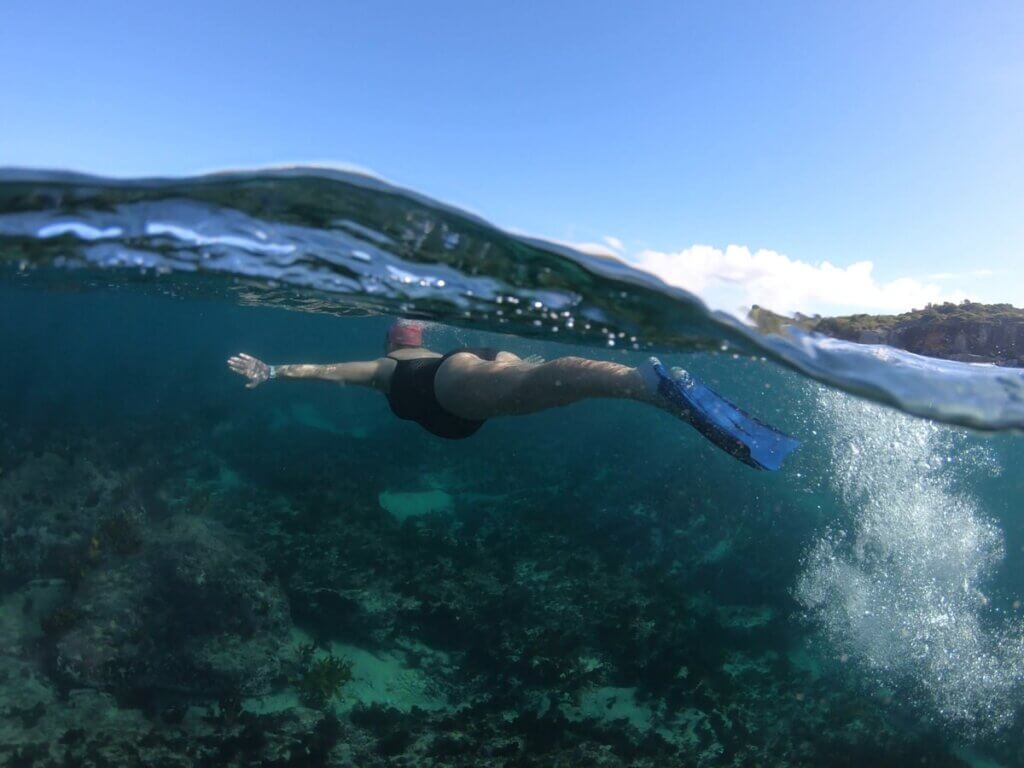Is your sunscreen doing more harm than good?

For those that enjoy an outdoor lifestyle and especially those who love swimming, it’s essential to know the basics on what to look for in your sun protection products.
Let’s start with some basic info on the two different types of sun protection.
Physical protection
Physical is where there is a physical barrier between you and the sun. This may be a long-sleeved shirt, a hat, sunglasses or a sunblock that sits on the skin and provides protection from the sun’s rays.
There are only two ingredients that provide physical protection against UV Radiation – they are both minerals (rocks) which have been ground down into a very fine powder and mixed into a base.
When applied to the skin, they create a physical barrier that reflects the UV radiation, providing brilliant protection against the sun’s harmful rays.
Take a look at the “active ingredients’ label on your sun product, if it has Zinc Oxide or Titanium Dioxide, congratulations – you are using a physical sunblock!
Chemical protection
Chemical sunscreens work in a different way. They have ingredients that absorb into the skin, so they need about 30min to soak in before we go in the sun.
Once the product has absorbed into the skin, and we go out into the sun, the UV radiation penetrates the tissues and the radiation is absorbed by the chemical sunscreen ingredients and neutralised within the skin.
This offers good protection against getting sunburnt, but unfortunately, while the ingredients are neutralising the radiation within the skin they are also creating free radicals – unstable molecules that can cause huge amounts of damage to the cells.
Essentially, these products protect against sunburn but cause a host of other issues within the skin such as inflammation, pigmentation and premature ageing.
Watch this video to listen to Lia explain this article in person (and like her page while you’re watching).
How do you know if you’re using a chemical sunscreen?
Check out that “active ingredient’ label – if there’s anything other than Zinc or Titanium on there – it’s a chemical sunscreen. Common ingredients are Oxybenzone and Avobenzone, but there are hundreds and this would turn into a very long and boring article if we went through them all!
Why you should never use 50+SPF
The other major point to be aware of is the ‘SPF’ or Sun Protection Factor of your sunblock or screen.
When comparing a 30+SPF and 50+SPF, most consumers would choose the 50+ because it sounds as though is offers a much higher level of protection, rightó_ Hmmm let’s look at the facts.
A 30+SPF offers 97.3% protection against UV Radiation – pretty good!
50+SPF offers 97.8% protection against UV Radiation – yes, slightly higher, but as you are about to learn, not worth the risk.
The reason I tell all of my clients and students to throw their 50+SPF straight in the bin is that it is impossible to create a physical (zinc or titanium) 50+ sunblock. A 50+ product will always contain either a mixture of physical and chemical ingredients or be purely a chemical product.
It is, however, quite easy to formulate a 30+SPF product using physical ingredients – meaning we still effectively protect the skin (blocks 97.3% of UV) and we avoid the free radicals and cellular damage that occurs when using a chemical sunblock.
Your homework is to go and have a look at your sunscreen; If it is 50+, in the bin it goes. If it is 30+ the final test is to look at the active ingredients list – all you want to see on there is either Zinc or Titanium – anything else and you know it contains chemical sunscreens that you don’t want anywhere near your precious skin.
Other than being one of OceanFit’s amazing instructors, Lia is also the owner of Skin Education International with more than 14 years experience in the skin industry.







Responses